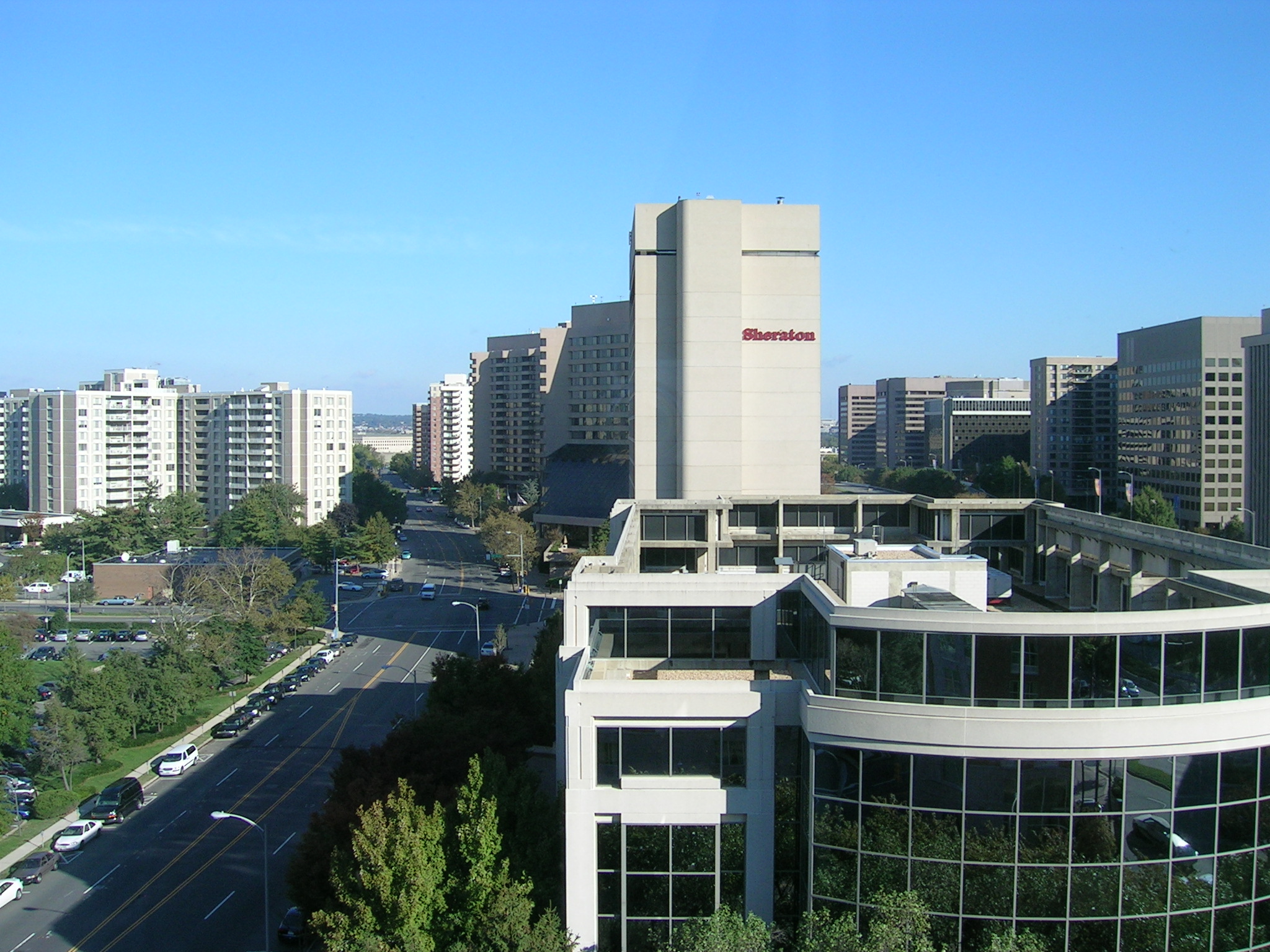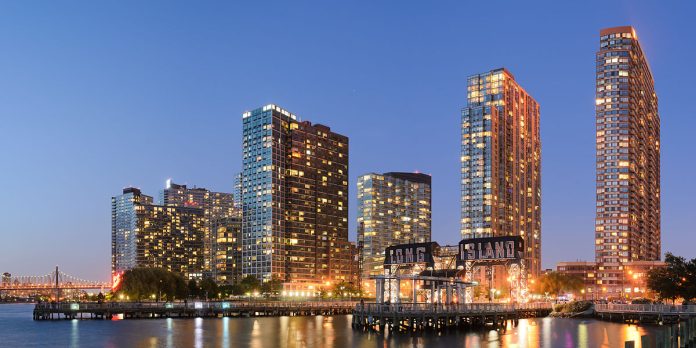The suspense is over as Amazon made it official yesterday that its headquarters expansion will be to Arlington, Virginia and to New York City. Twenty cities made Amazon’s finalist list, but surprise, surprise the company chose the two cities where CEO Jeff Bezos already own homes.
Some had hoped Amazon would pick a Rust Belt city to help revitalize the region, but the company’s approach was to select two of the wealthiest cities in America. The contest did succeed in getting cities to compete one upping each other on tax breaks and perks. New York Governor Andrew Cuomo went so far as to say he’d rename himself Amazon to secure the deal. I don’t think Bezos will take him up on that, but the message–albeit tongue in cheek–was received loud and clear.
As Amazon’s suitors bid up each on tax incentives, it turns out the prize has been halved. Amazon had promised 50,000 jobs averaging at least $100,000 to the winner. Now it seems more like the two winners will split that prize. New York is handing over $2.4 billion in incentives including the on-the-nose-named REAP (relocation and employment assistance program) tax credits. Meanwhile the Commonwealth of Virginia is offering up just shy of $600 million while Virginia Tech is throwing in a billion-dollar “innovation” campus for good measure.
For New York, that works out to paying $96,000 per job for Amazon’s promised 25,000 jobs. Even with economists estimating a multiplier effect of about 2.5 for each Amazon corporate job, that’s still a lot of corporate handouts to cover in economic growth and still come out ahead–especially considering the 25,000 Amazonians and their families certainly will increase the strain on infrastructure and public services, which those waived taxes were designed to cover.
The high public cost per job led anti-monopoly scholar Matt Stoller to opine that Cuomo’s grift was every bit as bad as Wisconsin Governor Scott Walker’s ridiculous $3 billion giveaway to Tiawanese manufacturer Foxconn. Unlike Walker, Governor Cuomo’s had the foresight to wait until after coasting to victory for his third term (with 59% of the vote) before disclosing the full extent of the corporate giveaway he had engineered. Or maybe Empire State voters are cool with corporate handouts, anyway.
A National Landing Rebranding

Amazon’s New York campus will be centered in Long Island City, Queens, while its Arlington base will be Crystal City. Just like in the case of Seattle where the Cascade neighborhood was rebranded South Lake Union, it appears the Northern Virginia real estate industry is in the process of rebranding the Crystal City environs as National Landing. By many accounts, Crystal City is a soulless office park surrounded by parking, but some have pointed out at least there’s not an already great neighborhood there to be ruined.
Who Can Afford to Live There?
Amazon had trumpeted affordability as a criterion, but New York City and DC metro area housing prices are some of the highest in the nation. The median Long Island City home is going for $846,000, even higher than Seattle’s $739,600 median, according to Zillow. Meanwhile the median Arlington home costs $664,400, not far behind Seattle.
Governor Cuomo wasn’t the only New York politician spinning the Amazon news for all he was worth. Mayor Bill de Blasio boasted the HQ2 location next to Queensbridge Houses, the largest public housing complex in the Western Hemisphere, would be good news for its residents. “One of the biggest companies on Earth next to the biggest public housing development in the United States–the synergy is going to be extraordinary,” Mayor de Blasio said.
If Seattle is any guide, low-income residents will not gain in political clout with Amazon’s arrival. Amazon successfully squashed Seattle’s head tax aimed at funding affordable housing and homelessness services to the tune of about $250 million over five years. The Amazon HQ2 rollout party did not include announcement of any new investments in public housing or mass transit. New York was able to extract from Amazon some land for a school in exchange for its $2.4 billion grift package. Brilliant negotiating!
Are NYC & DC Metros up to the Amazon Challenge?
A criterion where both cities have Seattle beat is transit, even with aging subways with a serious maintenance backlog. But if Amazon’s move swells each city by another 75,000 residents or so, can the systems keep up?
New York’s 7-train is already known for crush loads; just wait until swarms of lanyard wearing lackeys hit Long Island City’s primary subway line. Unfortunately, New York City also has the highest subway construction costs in the world and the president has blocked the $13 billion Gateway railroad tunnel project relieving a transit bottleneck between Manhattan and New Jersey. We’ve yet to hear about the “synergy” between Amazon’s arrival and transit upgrades, but Bezos is getting a helipad.
The DC Metro has its own problems, with mismanagement and a maintenance backlog leading to reliability issues and a hemorrhaging of ridership.
Amazon appears to have chosen New York and the DC metro area because they’re already superstar cities and generally pro-development, especially when it came to the immediate corporate campus selected. It’s going to take so much more than making sure the corporate campus is built quickly for the overall endeavor to be successful. Cheerleading leaders should be talking about expanding affordable housing, social services, and transit–not to mention figuring out ways to train locals for the jobs Amazon brings.
That work continues for Seattle, too. As Long Island City and Crystal City prepare for four million square feet of new office space, Seattle has that much in the pipeline for Amazon too. In other words, Seattle is also getting an HQ2.
Doug Trumm is publisher of The Urbanist. An Urbanist writer since 2015, he dreams of pedestrian streets, bus lanes, and a mass-timber building spree to end our housing crisis. He graduated from the Evans School of Public Policy and Governance at the University of Washington in 2019. He lives in Seattle's Fremont neighborhood and loves to explore the city by foot and by bike.



